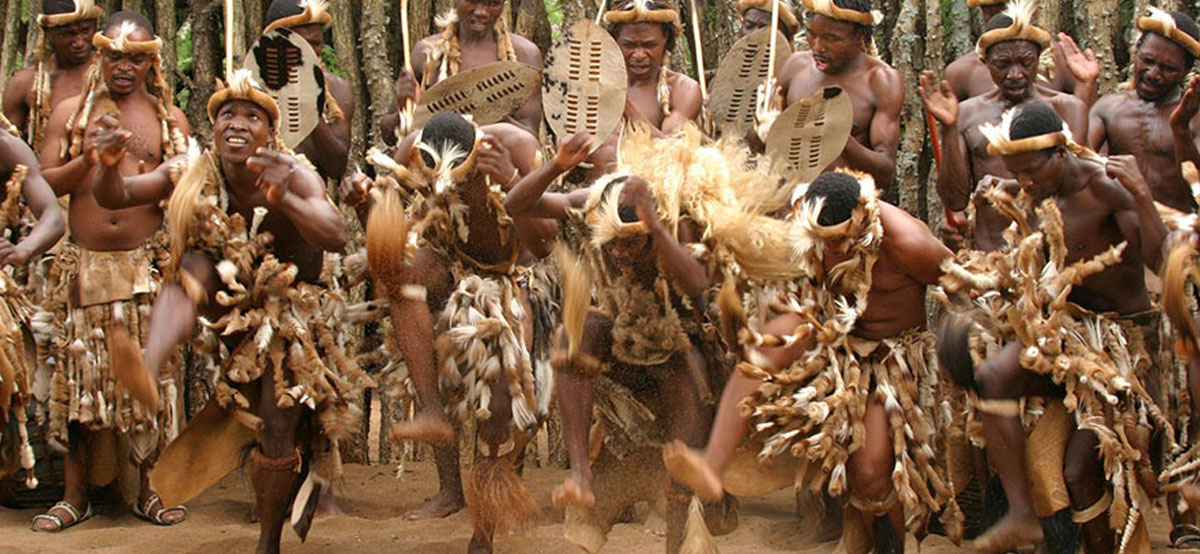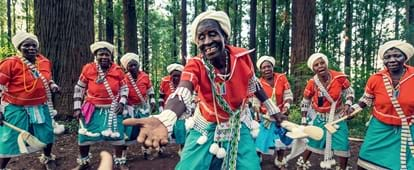Rumored Buzz on South African Culture Today
Table of ContentsSome Known Factual Statements About South African Culture Today An Unbiased View of South African Culture TodaySouth African Culture Today for DummiesThe smart Trick of South African Culture Today That Nobody is DiscussingSome Ideas on South African Culture Today You Should KnowTop Guidelines Of South African Culture Today
An issue of value in Zambian villages is the passing away of enjoyed ones. All participants of the town placed money, time and initiative with each other for the funeral of the deceased.During the grieving period; males remain outside the home and the females stay inside your home of the deceased. After speaking about the departed, the village strolls to the area of funeral to claim their last bye-byes. Music and dancing is a very essential aspect of the Zambian culture. The numerous tribal units have their own dance types; however, makishi prevails amongst all tribes.
The Basic Principles Of South African Culture Today
When it involves songs, drums are used the most, with a range of drumming ceremonies. In Zambia, majority of the people are Christian; Protestant and Roman Catholic. There are tiny groups of Muslims and Hindus, with the remainder following local native tribal beliefs.

South African heritage and culture is greatly varied, and consists of various teams of individuals that each have their very own practices and beliefs. Having such a diversity of people and societies is what makes South Africa so unique. In real feeling of the expression, we are a rainbow nation.
South Africa has approximately 3 hundred thousand Portuguese people residing in it. Making it the 7th on the list of countries with one of the most Portuguese individuals in it beyond Portugal. Portuguese is not only a culture, but it is additionally a language and a nationality. Portuguese people originate from the nation of Portugal in Europe, nonetheless, because of Portugal (like numerous other countries in Europe) checking out the world and dominating other countries throughout the 15th 20th centuries, South Africa has what we call Portuguese South African's living in it.
Not known Facts About South African Culture Today
Amongst the popular features of the topography is a plateau that covers practically two thirds of the facility of the country. The plateau complicated rises toward the southeast, where it culminates in the Drakensberg variety, component of a cliff that separates the plateau from the coastal locations. The Drakensburg includes Champagne Castle, the highest height in the country.
The area north of the Witwatersrand, called the bushveld, inclines downward from east to west towards the Limpopo River, which forms the worldwide border. The western area of the plateau, the middleveld, likewise comes down in the direction of the west and differs in altitude in between the highveld and bushveld. Between the Drakensburg and the eastern and southerly coast, the land comes down to the sea.
Nearer the shore there is a low-lying level called the eastern lowveld. Southwest of the plateau the country ends up being progressively more dry, paving the way to the hostile desert of the Great Karroo, verged on the eastern by the reduced, much better sprinkled plateau of the Little Karroo. Separating the completely dry southerly interior from the sandy littoral of the southerly coastline and West Cape is one more range, the Langeberg.
Not known Details About South African Culture Today
The country's racially, ethnically, and politically divided background has created nationwide and subnational icons that still operate as icons of the nation, and others symbols that are accepted just by specific groups. The monoliths to white settler occupation and political supremacy, such as the Afrikaner Voortrekker ("pioneer") Monument in Pretoria and the Rhodes Monolith honoring the British colonial realm home builder and Cape head of state Cecil Rhodes, continue to be sectarian symbols.
The very first modern citizens were the San ("bushman") hunter-gatherers and the Khoi ("Hottentot") peoples, that herded livestock (South African check this site out culture today). The San might have existed for hundreds of years and left evidence of their existence in thousands of ancient cavern paints ("rock art"). Bantu-speaking clans that were the ancestors of the Nguni (today's amaZulu, amaXhosa, amaSwazi, and vaTsonga individuals) and Tswana-Sotho language groups (today's Batswana and Southern and Northern Basotho) migrated below eastern Africa as early as the fifteenth century

The two former republics of the Orange Free State and Transvaal (South African Republic) were developed by Afrikaner inhabitants that defeated and dispossessed the Basotho and Batswana. Lesotho would have been forcibly incorporated into the Orange Free State without the extension of British defense in 1869. The best marriage of the nation arised from the South African War (18991902) between the British and both Afrikaner republics, which reduced the country to ruin at the beginning of the twentieth century.
Afrikaners traditionally considered themselves the just real South Africans and, while approving full citizenship to all locals of European descent, denied that standing to individuals of shade until the democratic transition of 1994. British South Africans retain a feeling of social and social connection to Great Britain without deteriorating their identification as South Africans.
More About South African Culture Today
The variety and fragmentation within ethnic groupings and the equilibrium of tensions in between those groups throughout the twentieth century avoided interethnic civil conflict. While intergroup stress over sources, entitlements, and political dominance stay, those conflicts are as likely to pit Zulu against Zulu as Zulu versus Xhosa or African against Afrikaner.
From colonial India, British sellers and administrators brought the bent metal decorative roofing systems and slim lace job pillars that still represent the outdoor patios of cottages in the areas and cities throughout the nation. Holy places add an important building facet even in the tiniest communities. In enhancement to the rising steeples and traditional stonework of Afrikaans Dutch Reformed churches, Anglican churches, synagogues, mosques, and Hindu shrines provide range to the religious building scene.

Butchering and the brewing of typical grain beer are crucial in protecting the involvement and a good reputation of the forefathers that are considered the guardians of good luck, prosperity, and well-being. Indian communities maintain their indigenous culinary practices and apply them on Islamic and Hindu routine and ceremonial celebrations. Afrikaners and Coloured individuals gather at weekends and special celebrations at multifamily bbqs called braais, where area bonds are enhanced.
Since this was the main economic venture of both black Africans and white homesteaders, dispute More Info between those teams fixated the property of grazing land and animals. In 1867, the largest diamond down payments on the planet were found at Kimberley in the west central area. The wide range from those fields helped fund the exploitation of the best gold coral reef worldwide, which was found on the Witwatersrand in 1886.
All about South African Culture Today
This brought about misconceptions and calculated misrepresentation Read Full Article in the transactions of white settlers and government officials with African principals during the early american duration (South African culture today). In the establishment of African reserves, some facets of public and mainly "tribal count on" land period were preserved, and also in white country locations, forms of public tenure were still practiced in areas with African areas
After the democratic improvement of 1994, programs for land restitution, redistribution, and reform were instituted, however progress has been slow-moving. The white minority still manages eighty percent of the land. Following farming land intrusions in Zimbabwe, the Division of Land Matters has pledged to speed land redistribution.